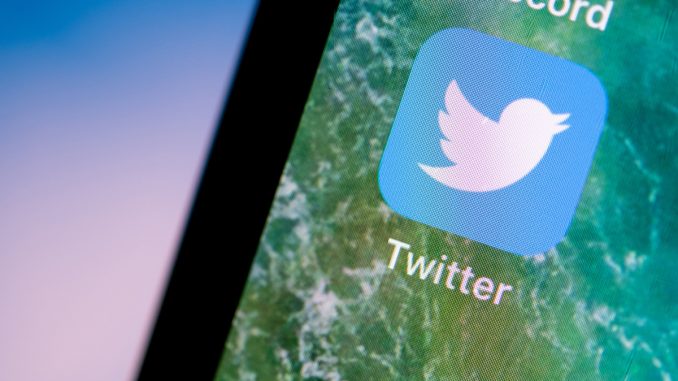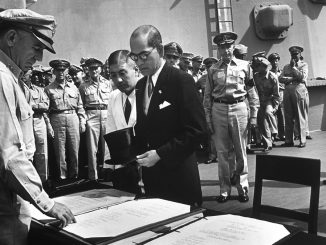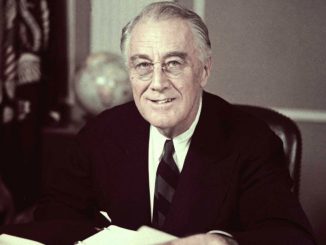

On July 15, 2006, the San Francisco-based podcasting company Odeo officially releases Twttr—later changed to Twitter—its short messaging service (SMS) for groups, to the public.



On July 15, 2006, the San Francisco-based podcasting company Odeo officially releases Twttr—later changed to Twitter—its short messaging service (SMS) for groups, to the public.

Aboard the USS Missouri in Tokyo Bay, Japan formally surrenders to the Allies, bringing an end to World War II. By the summer of 1945, the defeat of Japan was a foregone conclusion. The Japanese […]

More than 22 million South Africans turn out to cast ballots in the country’s first multiracial parliamentary elections. An overwhelming majority chose anti-apartheid leader Nelson Mandela to head a new coalition government that included his […]

On November 7, 1944, President Franklin Delano Roosevelt is elected to an unprecedented fourth term in office. FDR remains the only president to have served more than two terms. READ MORE: How FDR Became the […]
Copyright © 2025 | MH Magazine WordPress Theme by MH Themes

Be the first to comment